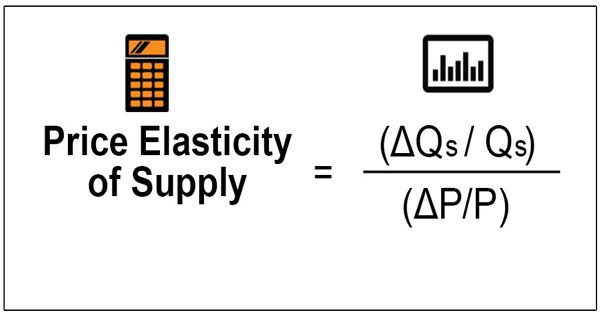Reasons for the difference in Profits or Losses between Cost and Financial Account
The profit or loss shown by the cost books differs from profit or loss shown by financial accounting for a number of reasons. The difference between cost and financial accounts results arise due to the following reasons:
- Items are shown only in the financial account,
- Items are shown only in cost account,
- Over or under absorption of overhead,
- The difference in valuation of stock,
- Difference methods of charging depreciation,
- Abnormal gain or loss.
(1) Items Shown Only in Financial Account
There are certain items of income and expenditures which are shown only in financial accounts, not in cost accounts. As a result, the profit or loss as per cost accounts would be quite different from the profit or loss as per the financial accounts. These items of financial nature can be divided into three groups:
(A) Items of expenditures shown only in financial account:
- Interest on capital
- Expenses on the issue of shares and debentures
- Discount on debenture
- Penalties and fine
- Goodwill, preliminary expenses, etc.
(B) Items of Income:
- Interest received, rent received, the commission received, discount received
- Dividend received
- Share transfer fees
- Returned of income tax
- The gain of the sale of fixed assets
(C) Appropriation Of Profits:
- Income tax paid
- Dividend paid
- Transfer to general or specific reserves or funds
- Excess provision for depreciation
- Bonus.
(2) Items Shown only in Cost Account
There are very few items, which are shown in cost accounts but not in the financial accounts as they do not represent any transaction with outsiders. These items are:
- Rent or depreciation of the own building of the proprietor
- Remuneration of the proprietor
- Depreciation on fully depreciated assets
- Interest on capital employed in the production
- The losses due to defective and spoilage
(3) Over or Under Absorption of Overhead
In a cost account, overheads are charged on the basis of a predetermined percentage. But in the financial account, they are charged with the actual amount. The effect of over or under absorption of overhead to profit is shown below:
Overhead……………………………………Result
Oversubscription………………………..Less Profit
Under subscription………………………More Profit
(4) The difference in Valuation of Stock
In the financial account, stocks are valued at cost or market price, whichever is lower, but in cost account, stocks are valued only at its cost price. This result in some difference in result i.e. profit or loss.
(5) Difference Methods of Charging Depreciation
There are different methods of charging depreciation. In the financial account, depreciation may be calculated on a straight line or diminishing balance method as per Income Tax Act. The difference in depreciation methods also results in disagreement in profit or loss of these two accounts.
(6) Abnormal Gains And Losses
Abnormal gains and losses are shown in financial accounts while they are completely excluded from the cost account. Goods lost by fire, theft, accident or costs of abnormal idle time are examples of abnormal losses, which are shown in a financial account but not in a cost account.
Information Source:
















